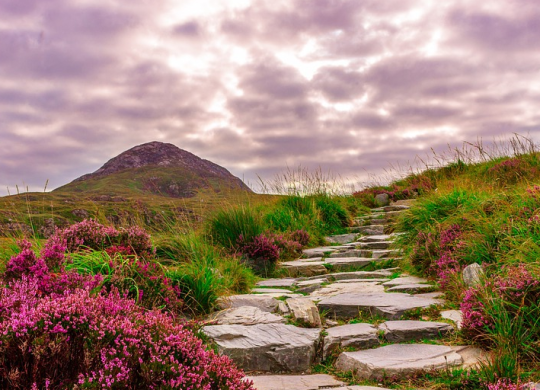Tourism in Mongolia: what places to visit and how to get a tourist visa
Table of contents
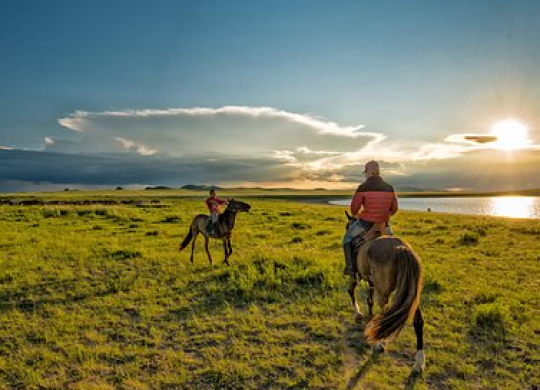
Mongolia once ruled nearly one-third of the world. But now it is seen as a small and economically undeveloped Asian country. Yet Mongolia is one of Central Asia's brightest tourist gems. There are numerous historical monuments here - living witnesses of the power of a lost empire. And until now, most of Mongolia's natural areas have not been touched by human hands. So a holiday in Mongolia will be a real break from the modern rhythm of life and introduce you to pristine nature.
What to see in Mongolia
- The ancient city of Karakorum
Where to go in Mongolia to learn more about the glorious past of the Golden Horde? Undoubtedly, the best place to feel a whiff of history is in the capital of the former Mongol Empire – Karakorum. Built in the 13th century, it is hidden between the green hills and mountain ranges of the Orkhon Valley. Today, it is home to a modern city, in the centre of which are the ruins of ancient Karakorum. Tourists can admire the temple structures of the Erdene Zuu Buddhist monastery, stone sculptures of turtles, as well as the remains of an ancient palace, pottery kilns and craft workshops.
- Gorkhi-Terelj National Park
The mountain ranges of one of Mongolia's largest national parks stretch for thousands of kilometres. There are more than 300 different species of birds and animals and 1,200 species of plants. Travellers will also be impressed by the incredible rock formations that resemble sculptures of humans and animals. But this resemblance is not man-made, but created by the weathering of granite. The symbol of the park is the Melkhii-Khad, which is the rock in the form of a giant turtle. And within the reserve you can find camps of real nomads and camel farms.
- Gandan Monastery
The largest Buddhist temple, Gandantegchinlen Monastery, is located in Ulaanbaatar, the capital of Mongolia. The monastery has been there since the early 19th century. The large grounds of the temple complex include a library with 50,000 religious books, a Buddhist school, prayer areas and many Buddha statues. In particular, visitors admire the giant statue of the Goddess of Mercy, 26 metres high. Also not to be missed are the bright paintings and wooden ornaments on the walls of the temple buildings, as well as the emerald-tiled roofs.
- The Gobi Desert
The country's main natural attraction is the Gobi Desert. One cannot imagine Mongolian tourism without paying a visit to this unique place. The desert covers an area of about 1.5 million square kilometres and stretches along the border with China. It is home to camels, Przewalski's horses, wild birds, etc. And in the Bayanzag canyon, you can admire real Martian landscapes. After all, the rocks here seem to burn with reddish fire, which is actually caused by the special colour of the clay. The best option for moving through the desert is an all-terrain vehicle.
Entry rules to Mongolia
Citizens of many countries do not need a visa to enter Mongolia for tourism if they plan to stay here for up to 90 days. Some countries can even apply for a visa online. The only thing is that after 30 days of stay in the country, such foreigners must register themselves at the Mongolian Migration Service. Mongolian law also requires travellers to declare any available financial resources equal to or greater than 15 million Mongolian tugriks (approximately US$4,500). Our specialist will help you deal with all the legal subtleties of visa processing.
To obtain a tourist visa to Mongolia, you will need to collect the following package of documents:
- completed visa application form;
- passport;
- photograph (size 3.5 x 4.5 cm);
- copies of return tickets;
- bank statement;
- proof of accommodation.
Recommended articles
2 min
Travels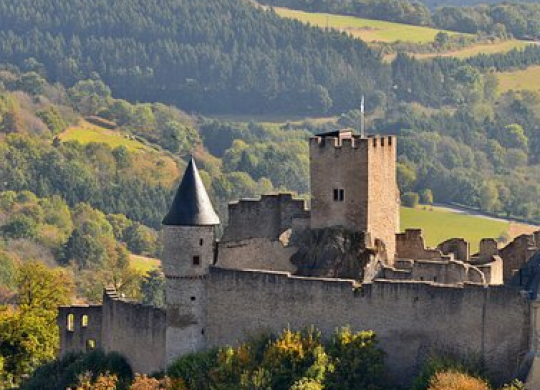
5 min
Travels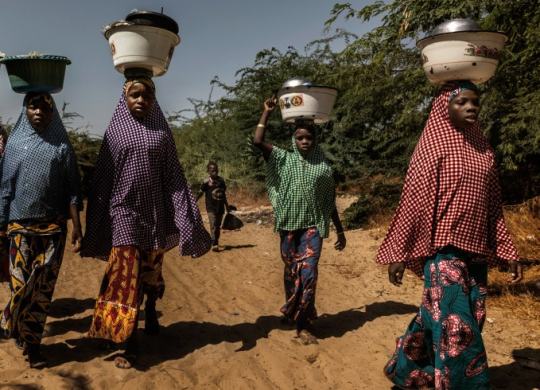
4 min
Travels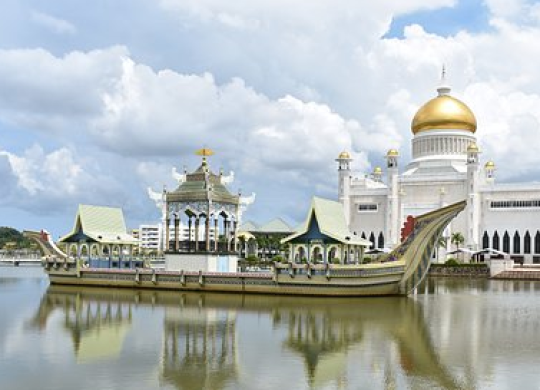
All materials and articles are owned by VisitWorld.Today and are protected by international intellectual property regulations. When using materials, approval from VisitWorld.Today is required.
